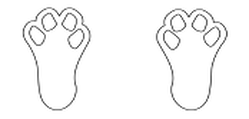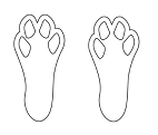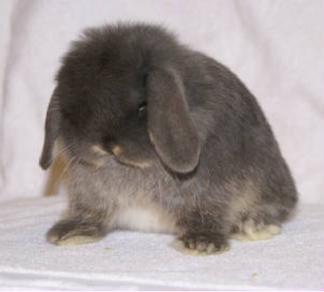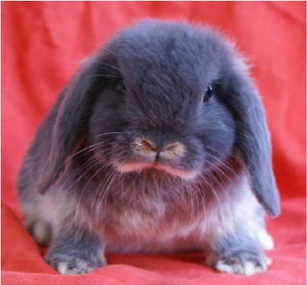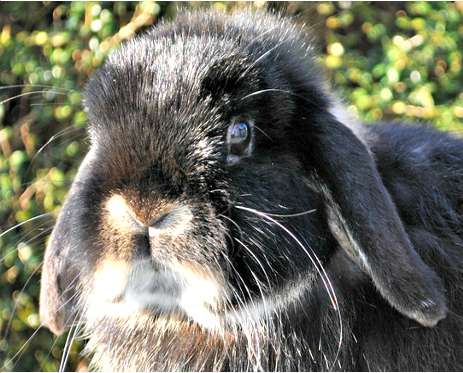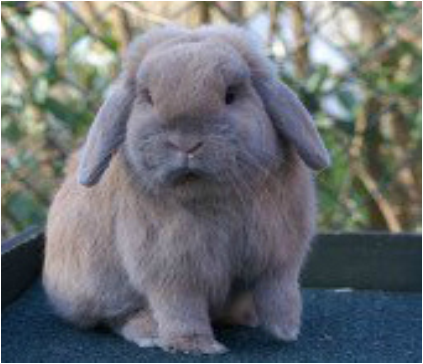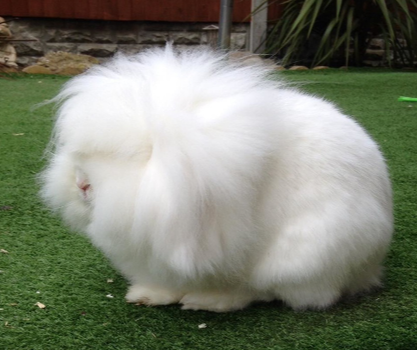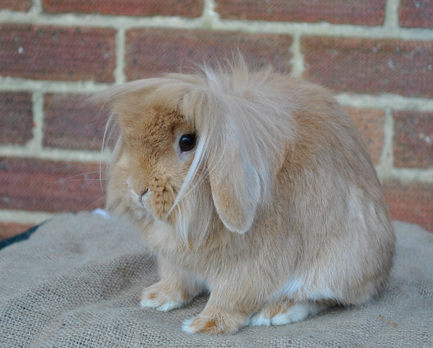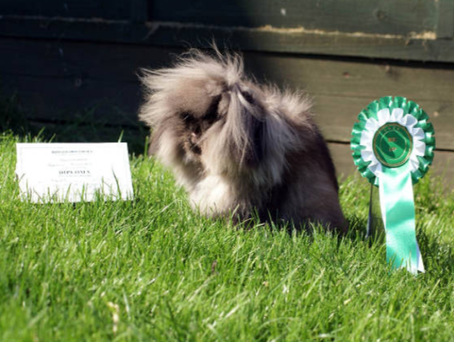Understanding a mini lop/mini lion lop show rabbit
What we look for when assessing a potential Mini lop or Lion lop show rabbit?
Over the years we have often been asked for our opinion and guidance regarding the type of a mini/lion lop.
So we have made this document that we hope you will find useful.
When assessing the rabbit try to look from all angles, step back from the table, look from above.
All the best judges do, as you see a better overall picture.
You also get to notice subtle moult line, or if additional grooming is required.
There are many parts that make up a good show rabbit.
Below has been broken down in to sections to help you better understand what to look for.
Remember nobody has the perfect rabbit, some rabbits you could consider 'part' rabbits, in as much as they could be used to help work on improving your breeding programme in areas of weakness.
However, it is not a five minute fix and may take several generations to get all the parts to gel.
Lower down the page understanding a show type Blue Holicer

